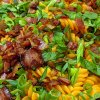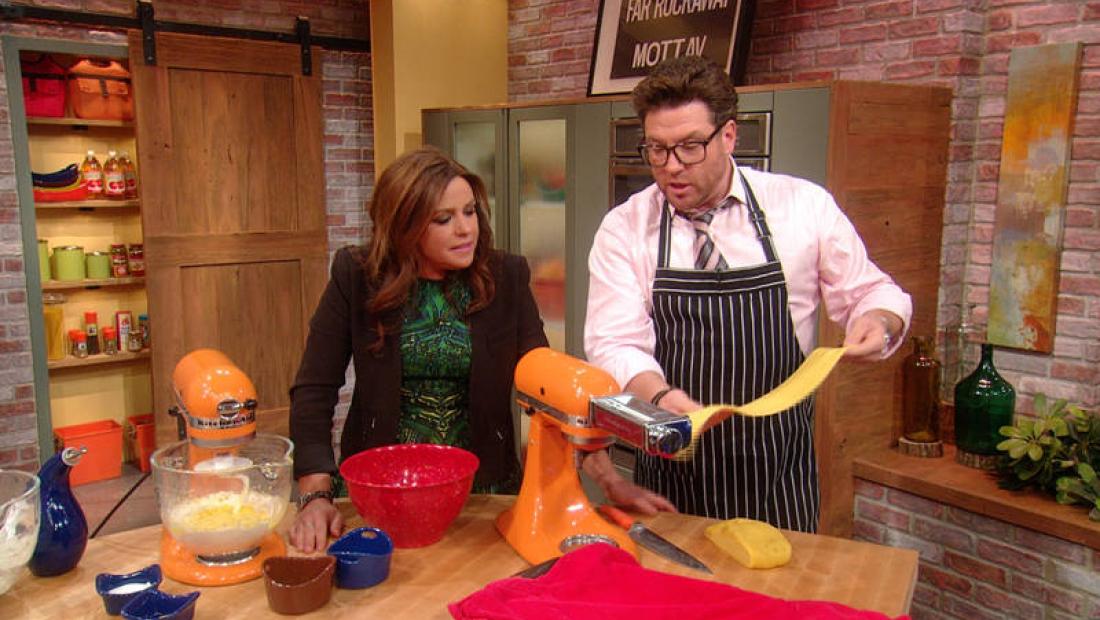Popular
Latest From the Show


Scott Conant’s Fresh Pasta

Q&A with Organizational Pro Peter Walsh + Dermatologist Shares A…

Actor Hank Azaria + Freezer Meals + Artichokes 2 Ways with Rach

See Inside Barbara Corcoran's Stunning NY Apartment + It's Steak…
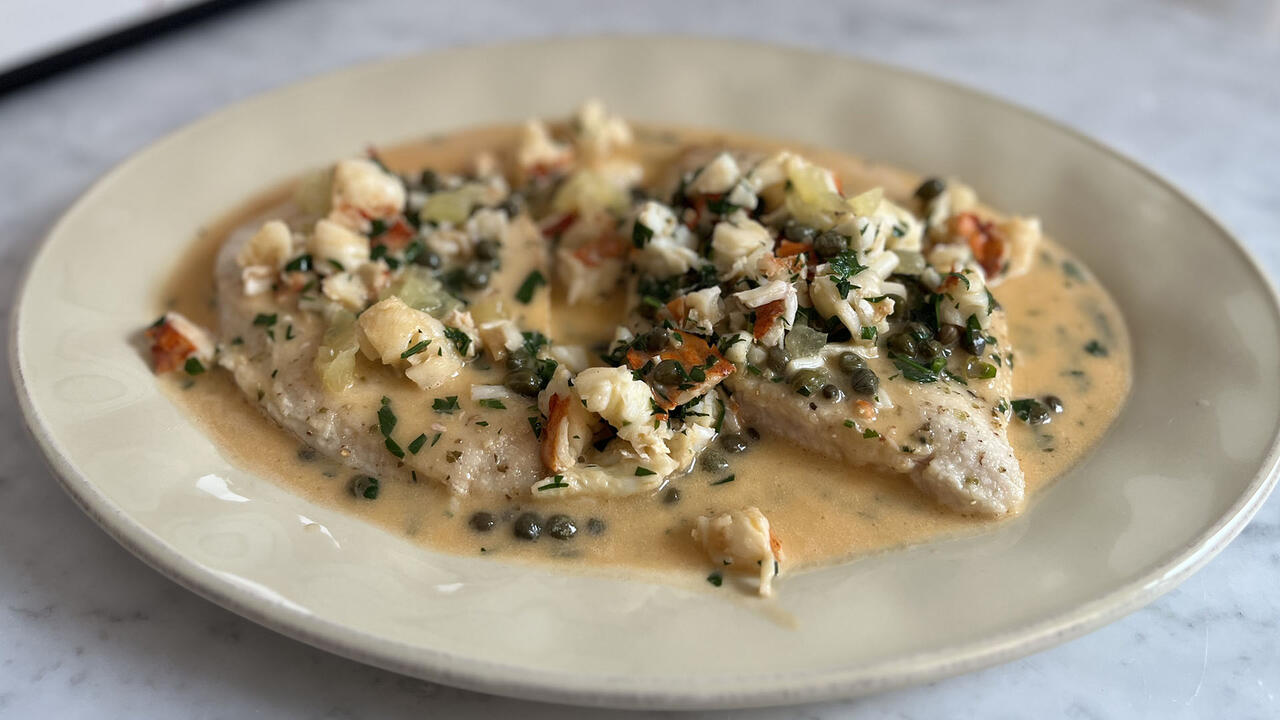
How to Make Chicken and Lobster Piccata | Richard Blais

Donnie Wahlberg Spills Details About NKOTB's First Ever Conventi…

Donnie Wahlberg + Jenny McCarthy Say Rach Is Such a "Joy" + Look…

The Best Moments From 17 Seasons of the Show Will Make You Laugh…
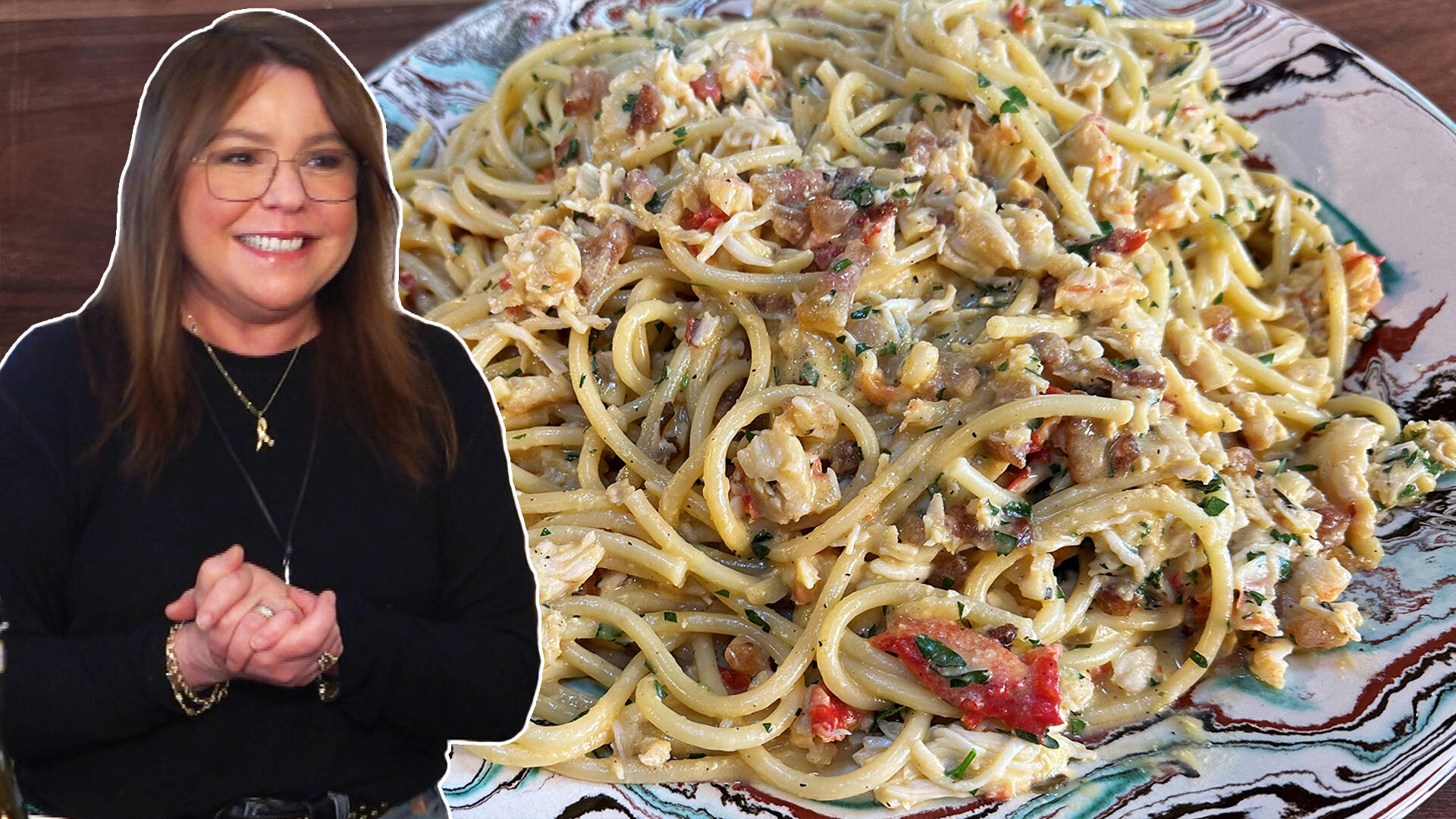
How to Make Crabby Carbonara | Rachael Ray
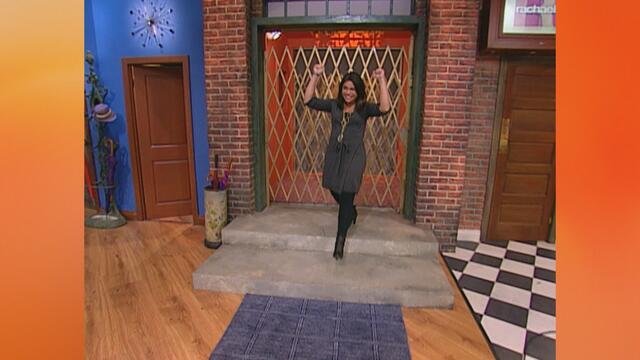
Rach Chats "Firsts" In Flashback From Our First Episode Ever In …
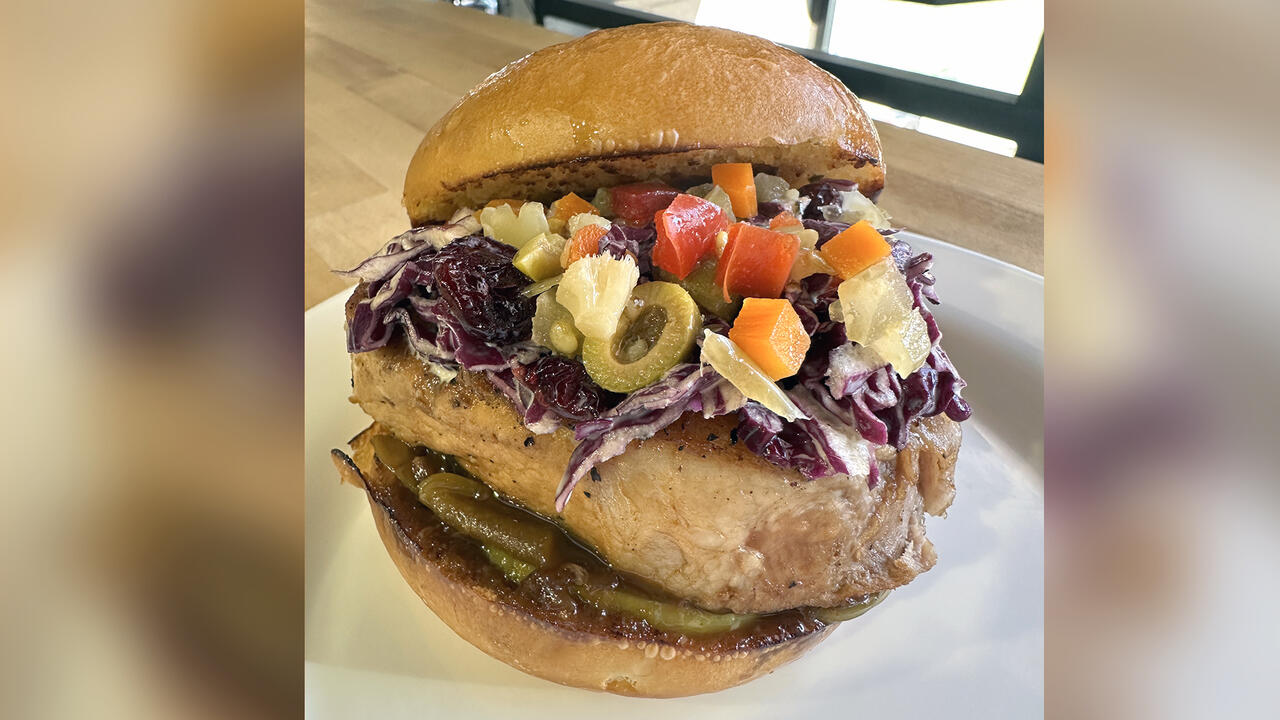
How to Make Apple-Cider Braised Pork Chop Sandwiches with Onion …

Rach's Chef Pals Say Goodbye to Show in Surprise Video Message
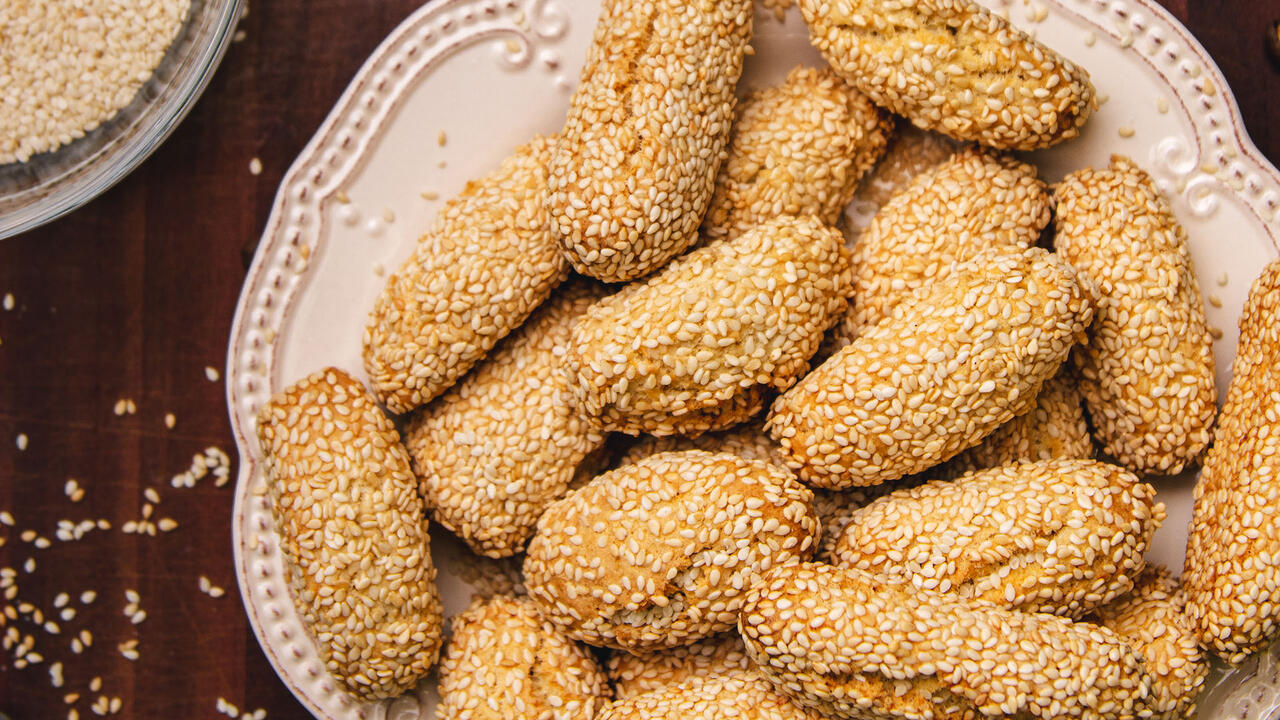
How to Make Sesame Cookies | Buddy Valastro

How to Make Tortilla with Potatoes, Piquillo Peppers and Mancheg…

How to Make Shrimp Burgers | Jacques Pepin
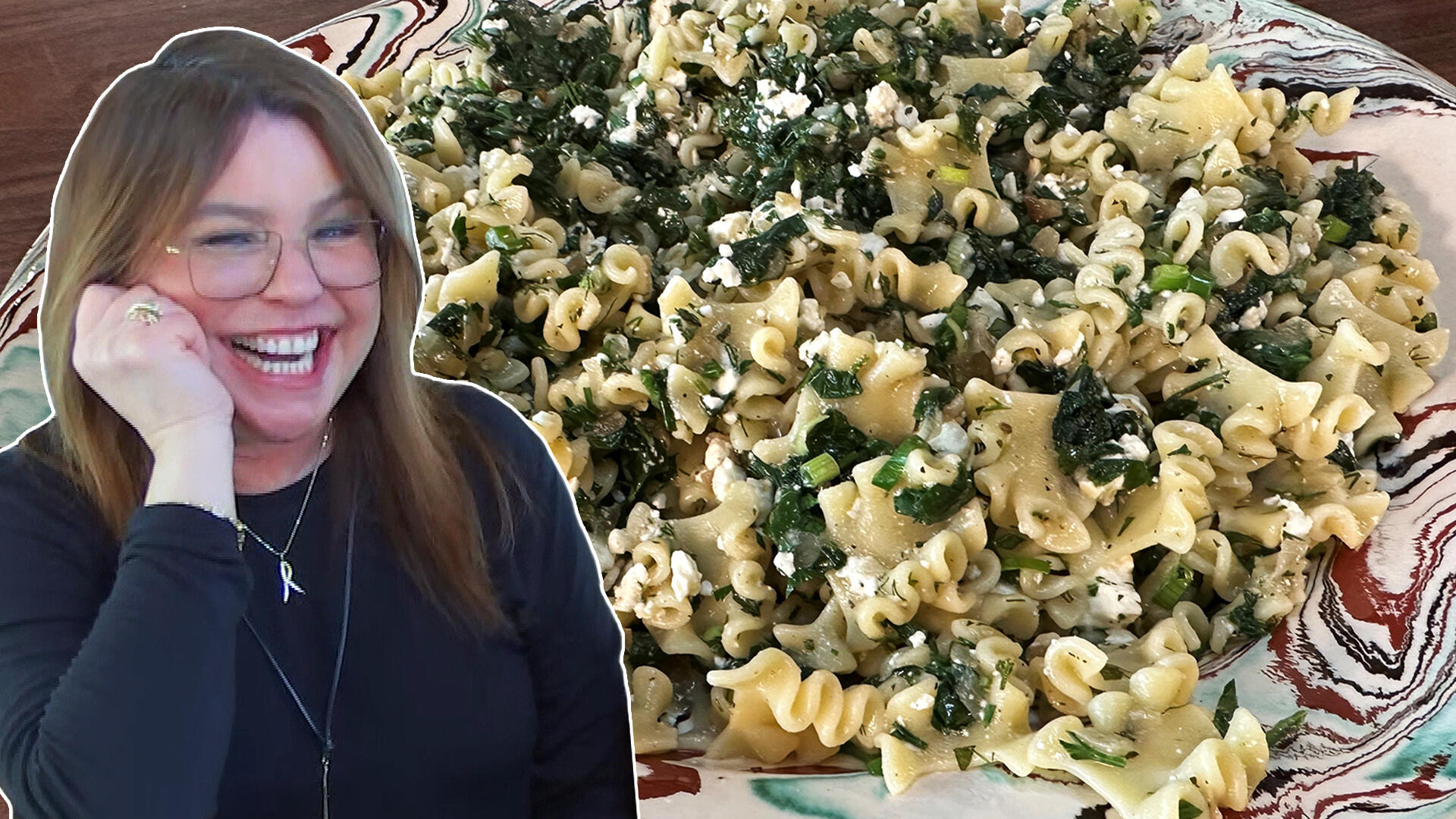
How to Make Spanakopipasta | Rachael Ray

Andrew McCarthy Chokes Up Discussing Emotional Trip to Spain wit…

Celebrity Guests Send Farewell Messages After 17 Seasons of the …

Celebrity Guests Send Farewell Messages After 17 Seasons of the …

Andrew McCarthy Teases Upcoming "Brat Pack" Reunion Special

Michelle Obama Toasts Rach's 17 Years on the Air With a Heartfel…
Each product has been independently selected by our editorial team. We may receive commissions from some links to products on this page. Promotions are subject to availability and retailer terms.
"Chopped" judge chef Scott Conant demonstrates how to make fresh pasta with a pasta maker. He's using the Pasta Roller and Cutter Attachment Set for the KitchenAid Stand Mixer.
Learn how to make homemade pasta without a pasta machine and get Rach's tips for freezing fresh pasta dough here.
Ingredients
- 3 cups "OO" flour, plus more as needed
- 1½ teaspoons kosher salt
- 11 large egg yolks
- 3 large eggs
- 2 tablespoons extra-virgin olive oil
Preparation
In a stand mixer fitted with the dough hook, combine the flour and salt on low speed. Add the egg yolks, eggs, and olive oil and continue to mix on low speed. Once the flour is incorporated, increase the speed to medium- low and mix/knead the dough for 5 minutes.
Lightly flour your works surface. Dump the dough onto the surface and continue to knead for a few more minutes. At this point, the dough may look a little dry, which is fine. Wrap the dough well in plastic wrap and let it rest in the refrigerator for at least 1 hour before rolling it. This rest allows the flour to be fully absorbed by the wet ingredients for a smooth, tender dough. (You can make the dough up to 1day ahead of rolling it; keep it refrigerated.)
To roll and shape the dough, set the pasta machine on its widest setting. Cut the pasta dough into 4 pieces. Work with one piece at a time and wrap the others in plastic wrap to prevent them from drying out. Very lightly flour the dough and run it through the pasta machine twice. Fold it in half and run it through again. Do that a couple more times; this serves as a final kneading. Set the machine to the next level of thickness and run the piece of dough through again. Keep running the dough through the machine, adjusting the rollers to a thinner setting each time, until the sheet is the thickness you want (see the following pages for specifications for our most commonly used shapes) or the recipe directs. Lightly flour the dough throughout the process if it is sticking; the additional flour added at this point will not make it tough. (If the finished sheets of pasta have a lot of flour on them, brush it off using a brush with dark bristles so you can see any stray bristles should they come off the pasta.)
For Macaroni: Lightly flour, a rimmed baking sheet. Roll the dough into sheets about 1/8 inch thick; on most machines that means rolling to the 4 setting. Cut the sheets to lengths of about 5 inches. Using the linguine cutter, cut the sheets into strands. Dust the strands with a little flour then gather into nests by wrapping them around your hand. Dust the nests with a little more flour, place on the baking sheet, and freeze until hard (once the macaroni is rock hard, it can be transferred to a freezer bag or other airtight container and kept frozen for up to 1 month.)
For Stracci: Lightly flour, a rimmed baking sheet. Roll the dough into sheets about 1/16 inch thick (the last or second- to- last setting on most pasta machines.) Using a fluted cutter, cut the strips of dough into 2-inch squares and place them in a single layer on the baking sheet. Freeze until hard. (Once the stracci is rock-hard it can be transferred to a freezer bag or other airtight container and kept frozen for up to 1 month.)
For Tagliatelle: Lightly flour a rimmed baking sheet. Roll the dough into sheets about 1/16 inch thick (the last or second -to- last setting on most pasta machines). Trim the sheets until they measure 12 to 13 inches long. Tightly roll each sheet, from short end to short end, then use a sharp chef’s knife to cut 3/8 -inch-wide ribbons. Unroll and toss with a little flour, then gather into nests by wrapping portions of the ribbons of dough around your hand. Dust the nests with a little more flour, place on the baking sheet, and freeze until hard. (Once the tagliatelle is rock-hard, it can be transferred to a freezer bag or other an airtight container and kept frozen for up to 1 month.)
For Fettuccine and Linguine: Lightly flour a rimmed baking sheet. Roll the dough into sheets about 1/16 inch thick. Cut the sheets of pasta with the pasta roller designated for that shape. Gather the strands into nests by wrapping portions around your hand. Dust the nests with a little more flour, place on the baking sheet, and freeze until hard. (Once the pasta is rock-hard, it can be transferred to a freezer bad or other airtight container and kept frozen for up to 1 month.)
For Pappardelle: Lightly flour a rimmed baking sheet. Roll the dough into sheets about 1/16 inch thick. Use a plain or fluted ravioli cutter or a sharp chef’s knife to cut long, 1/2 -inch- wide strips of pasta. Gather the strands into nests by wrapping portions around your hand. Dust the nests with a little more flour, place on the baking sheet, and freeze until hard. (Once the pappardelle is rock-hard, it can be transferred to a freezer bag or other airtight container and kept frozen for up to 1 month.)

